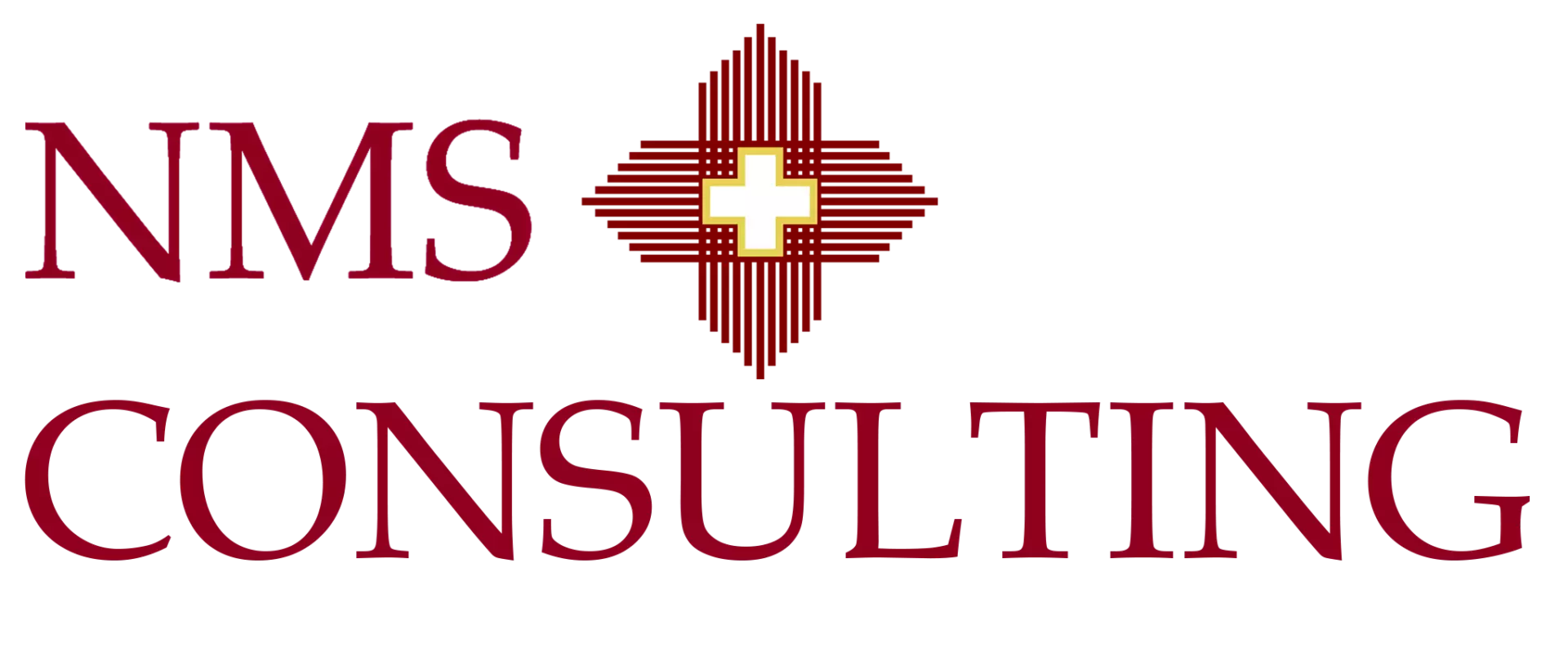Mission Definition in Strategic Management: How Mission Guides Strategy and Daily Decisions

Mission definition in strategic management is a simple idea that has large effects. A clear mission helps leaders decide what to do, what not to do, and how to explain choices to employees, customers, and investors. This guide explains what mission means in strategic management and how to use it in real strategy work.
Mission definition in strategic management
In strategic management, mission is the stable statement that explains why the organization exists and who it serves. It answers questions such as who are we here for, what need do we meet, and what kind of value do we aim to create. A well written mission gives direction without locking leaders into a single tactic or product.
Mission sits at the top of the strategy stack. It shapes how you think about markets, customers, products, and capabilities. When leaders discuss mergers, new services, or major investments, they should be able to test each option against the mission and ask whether it fits or not.
NMS Consulting covers the basics of mission and how to write it in detail in What Is a Company Mission? Definition, Examples, and How to Use It. That article explains how mission links to daily decisions and to the broader strategy story.
Mission, vision, strategy, and values
Mission is often confused with vision, strategy, and values. Each plays a different role in strategic management.
- Mission. The organization’s ongoing role and who it serves.
- Vision. A picture of what success will look like at a point in the future.
- Strategy. The set of choices about where to compete and how to win, guided by mission and vision.
- Values. The principles that shape behavior and decisions.
When these elements are aligned, staff can see how their daily work connects to the wider direction of the company. NMS Consulting’s article The Importance of a Company’s Mission, Values, and Employees explains how these pieces reinforce one another over time.
Elements of a clear mission statement
There is no single correct format for a mission statement, but clear examples usually share several features.
- Audience. They mention the main customers, users, or communities the organization serves.
- Need. They describe the main need, problem, or opportunity the organization addresses.
- Offering. They refer to the type of services, products, or solutions the organization provides.
- Edge. They hint at what makes the organization different, such as approach, scale, or specialist skill.
- Plain language. They avoid buzzwords and keep to one or two sentences that people can repeat.
When leaders write mission statements, it is useful to test them with staff and customers. If people struggle to explain the mission in their own words, it may need to be simpler or more concrete.
How mission guides strategic decisions
Strategic management is a series of choices about what an organization will do with its time, talent, and capital. Mission guides those choices by acting as a filter.
For example, a company with a mission focused on long term client relationships may choose different products, pricing models, and service levels than one focused on short cycle transactions. The same applies to talent decisions, partner selection, and risk appetite.
NMS Consulting’s work on strategy, such as Strategic Management: Moving from Planning to Hands On Bridge Building, highlights how leaders increasingly need to connect mission with practical decisions about operating models and execution, not just with planning documents.
Mission also plays a role during major change. When organizations face large shifts in markets or technology, as described in Changes in Business: Practical Change Management, a shared mission helps teams judge which changes support the long term direction and which are distractions.
Mission in public and nonprofit strategy
Mission definition is especially visible in public sector and nonprofit work, where financial profit is not the only measure. Public agencies and charities must show how their mission translates into services, outcomes, and stewardship of



